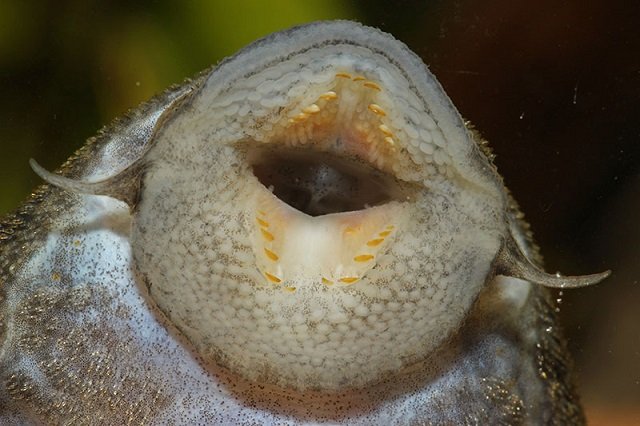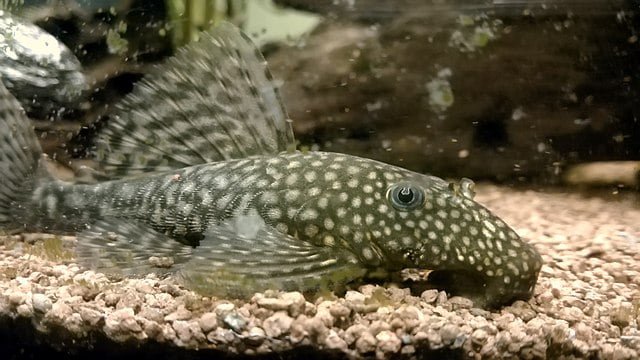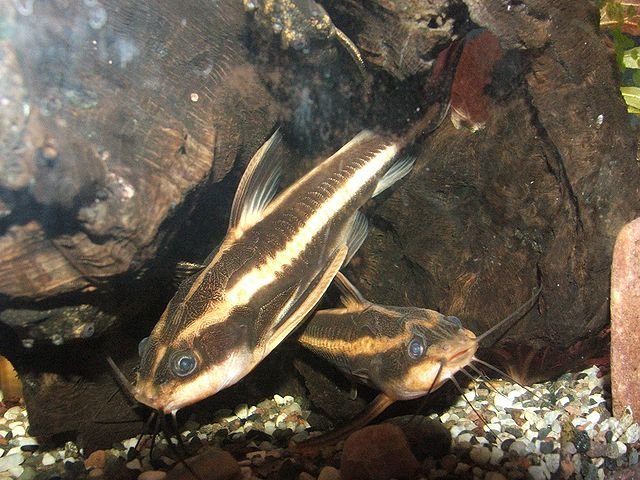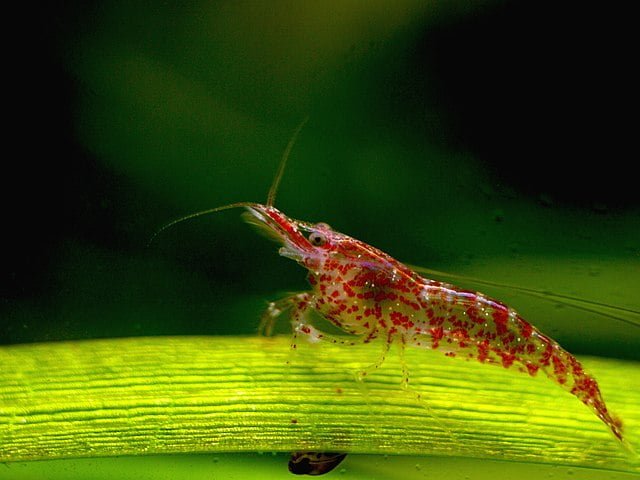
The armored catfish, belonging to the Loricariidae family, is a captivating group of freshwater fish known for their unique oral discs. These specialized structures, formed by the upper and lower lips, enable them to effortlessly adhere to various natural or artificial surfaces, such as smooth rocks or aquarium glass.
This remarkable ability allows them to thrive in diverse aquatic environments and plays a crucial role in their feeding and survival. However, despite extensive research on the attachment mechanisms of some species, most loricariids remain a mystery. This is particularly true concerning the comparative analysis of their oral discs, which encompass a fascinating diversity of papillae (small, soft projections) and uncini (small, corneous projections).
In a groundbreaking study, a team of researchers from the Leibniz Institute for the Analysis of Biodiversity Change (LIB) examined the oral discs of 67 loricariid species inhabiting various natural and substrate conditions. Their findings revealed remarkable diversity, with four distinct types of papillae and eight distinct types of uncini identified. These variations in shape and size suggest a dynamic evolutionary process involving convergent evolution, where similar traits evolve independently in different species due to similar ecological pressures.
Morphological Diversity
The morphological diversity of armored catfish is overwhelming, with over 1,000 known species. Females and males often differ in appearance, making research even more challenging. Additionally, some species undergo significant morphological changes throughout their lives until reaching maturity.
Researchers were surprised to discover multiple suction mouths equipped with small slime-covered protrusions called papillae. “These are species of fish with a relatively close relationship. Therefore, we expected one or two different adhesive structures, but not more. We would never have thought to discover such a variety of attachment structures, not only regarding papillae but also their tips,” summarizes Dr. Wencke Krings, LIB scientist and lead author.
“We now anticipate even greater diversity in adhesive structures as we examine more species,” emphasizes Daniel Konn-Vetterlein, also a team member. He is well acquainted with the ecology of these animals, observing and studying them in their natural habitat during expeditions to South America. It is noteworthy how the animals were collected for the study: aquarium enthusiasts willingly provided specimens that had naturally died over the years.
Relationship Between Habitat Change and Oral Disc Features
Surprisingly, the study did not find a clear correlation between habitat changes and the evolution of specific oral disc features. This unexpected finding suggests that the diversity of oral disc structures may be driven by factors beyond simple habitat specialization, potentially involving complex interactions with diet, behavior, and evolutionary history.
Through careful analysis of the material properties of papillae and uncini, researchers gained valuable insights into their possible functional roles. Studying both fresh and preserved specimens allowed them to make inferences about the hardness, flexibility, and other characteristics of these structures. This, coupled with their varied shapes, enabled them to propose hypotheses about how these oral disc features interact with different types of natural substrates, potentially allowing different species to specialize in specific ecological niches.
Stay Always Informed
Join our communities to instantly receive the most important news, reports, and analysis from the aquaculture industry.
The structures responsible for adhesion in the catfish’s mouth were not entirely new to researchers: “Here, we found shapes that we already know from insects. Insects, fish, squids: many animals that adhere to surfaces are equipped with similar structures,” explains Wencke Krings. In armored catfish, these structures are additionally covered in slime, enhancing adhesion through both suction and vacuum.

Differences in Papillae
Researchers identified four different shapes of these papillae in the animals. The tips of these papillae are even more diverse: the team observed eight different variations aligning with known adhesive structures. Professor Stanislav Gorb from Kiel University, an expert in biological adhesive structures, explained the functional adaptation of the catfish’s papillae to corresponding substrate surfaces in nature.
Conclusion
Wencke Krings received support from Professor Bernhard Hausdorf, head of the mollusk section at the Hamburg Natural History Museum. Both are usually specialized in snails but are not in entirely unfamiliar territory. As always, the evolution of animals is at the core of their research. In this project, Hausdorf focused on reconstructing the evolution of adhesive structures throughout evolutionary history. “The distribution of adhesive structures on the phylogenetic tree shows that different adhesive structures have evolved independently several times. Perhaps similar selection factors, such as the natural substrate to which the animals adhere, have led to the parallel development of similar structures,” adds Hausdorf.
The study’s findings significantly enhance our understanding of the fascinating world of armored catfish; however, the study opens numerous new avenues for exploration: what else can these animals do with their mouths besides suction? Which mouth is particularly suitable for which habitat? How do these territorially loyal animals cope with changes in their ecosystems? These are questions that future research by scientists may answer.
Contacto
Dr Wencke Krings
Leibniz Institute for the Analysis of Biodiversity Change
Museum of Nature Hamburg
Research Associate Section Mammalogy/Paleoanthropology
W.KRINGS@LEIBNIZ-LIB.DE
Referencia (acceso abierto)
Krings W, Konn-Vetterlein D, Hausdorf B, Gorb SN: Holding in the stream: convergent evolution of suckermouth structures in Loricariidae (Siluriformes). Frontiers in Zoology 20, Article number: 37 (2023).
Editor at the digital magazine AquaHoy. He holds a degree in Aquaculture Biology from the National University of Santa (UNS) and a Master’s degree in Science and Innovation Management from the Polytechnic University of Valencia, with postgraduate diplomas in Business Innovation and Innovation Management. He possesses extensive experience in the aquaculture and fisheries sector, having led the Fisheries Innovation Unit of the National Program for Innovation in Fisheries and Aquaculture (PNIPA). He has served as a senior consultant in technology watch, an innovation project formulator and advisor, and a lecturer at UNS. He is a member of the Peruvian College of Biologists and was recognized by the World Aquaculture Society (WAS) in 2016 for his contribution to aquaculture.




